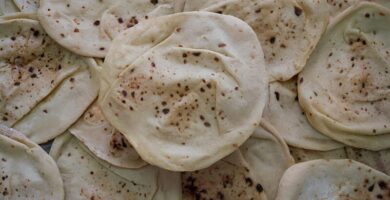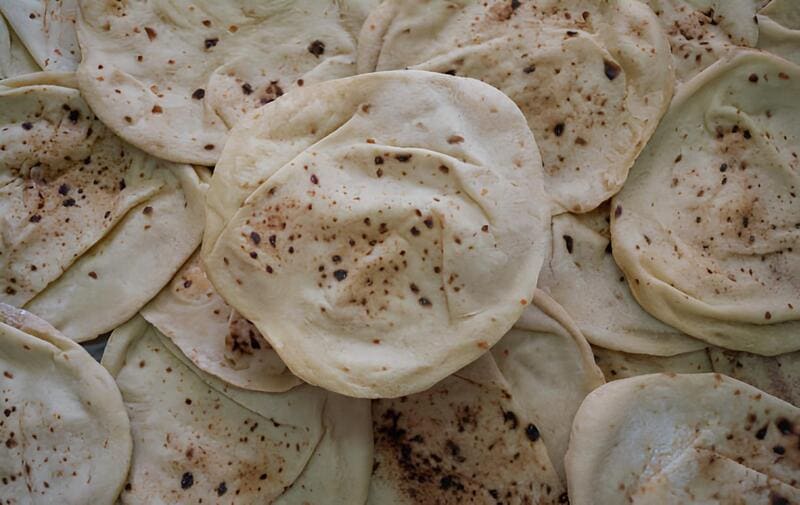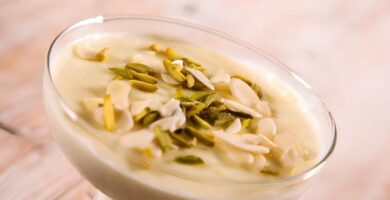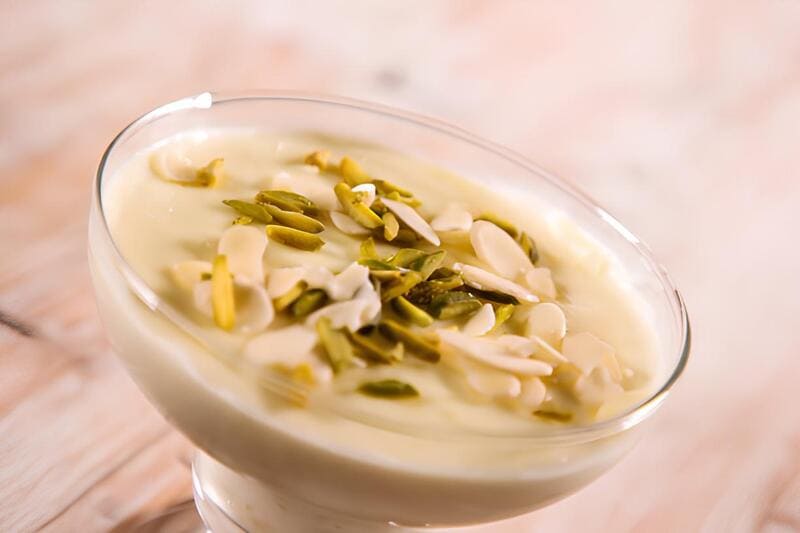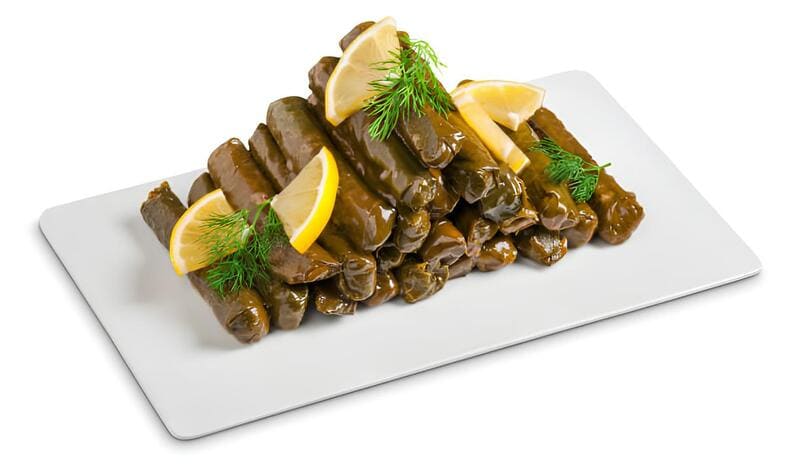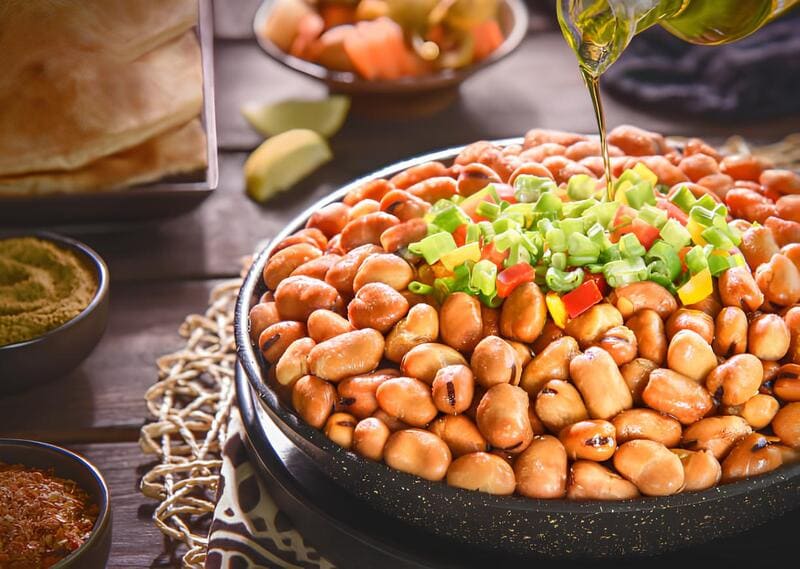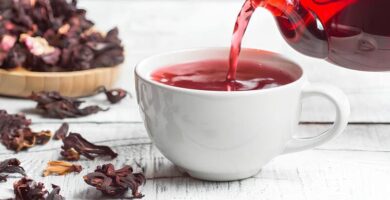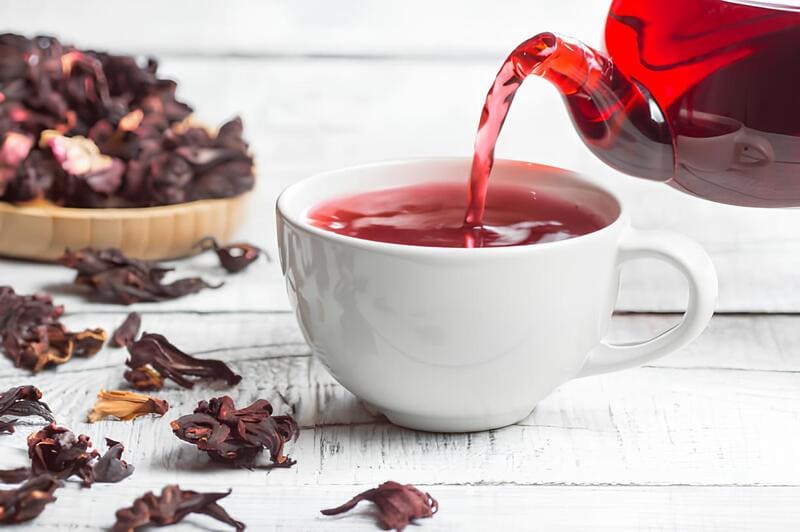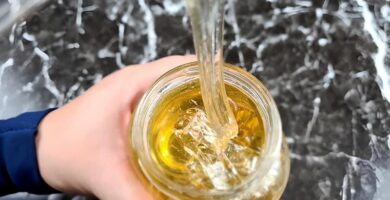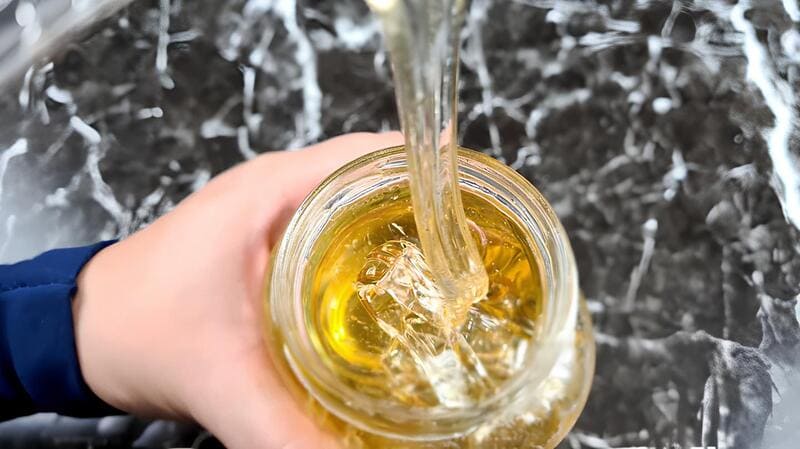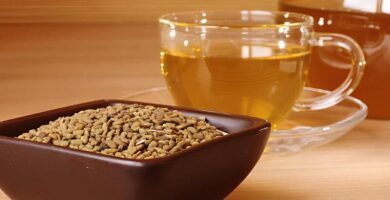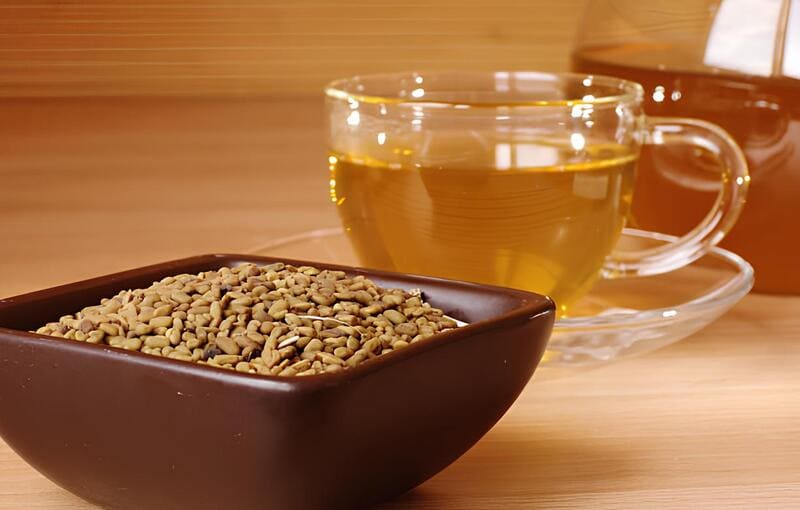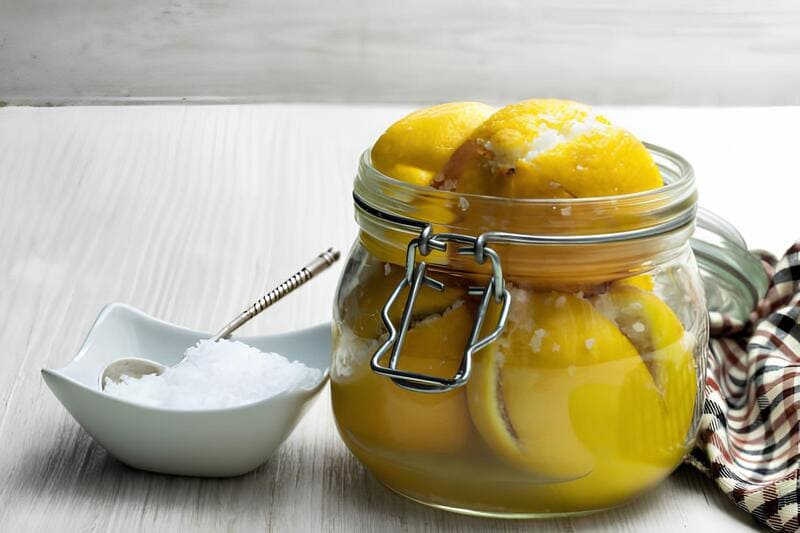
Pickled Lemons, also known as Hamad Mraquade in Egypt and Hijazi lemon pickles in Jeddah, Saudi Arabia, are a zesty and flavorful condiment. This traditional preserved lemon recipe packs a punch with its bold combination of black seed, fennel, and hot pepper. Perfectly paired with meat or vegetable dishes, these lemons enhance any meal with their tangy, slightly spicy notes.
Making pickled lemons is a beloved culinary tradition, often passed down through generations. The process is straightforward yet requires patience. Given their long shelf life, having a jar of these lemons on hand can effortlessly elevate your cooking. Now, let’s dive into this easy yet rewarding recipe.
Ingredients
- 2 kilograms of lemon berries
- 1 liter of Benzheir lemon juice
- 1 cup of coarse salt
- 2 tablespoons turmeric powder
- 2 tablespoons fennel seeds
- 2 tablespoons black seed (Nigella sativa)
- 4 cloves of garlic, cut into halves
- 4 hot pepper pods (or as desired)
Preparation
- Wash the lemons well and cut them into quarters without separating them.
- Mix coarse salt with fennel, black seed, and turmeric.
- Stuff the lemons with the salt mixture.
- Sterilize the glass jars, then arrange the lemons with the garlic halves and hot pepper pods, ensuring they are tightly packed.
- Pour the lemon juice until the jar is completely submerged, then cover it with a plastic bag or a tight-fitting lid. Seal well, turn it upside down for at least two weeks, then return it to its normal position without opening. Store in a dry place for at least a month before using or refrigerate for extended storage.
Did you know?
Pickled lemons hold a rich cultural significance in Middle Eastern and North African cuisines. In Egypt, they are often served as a tangy accompaniment to traditional dishes like falafel, grilled meats, and stews. The combination of Nigella sativa (black seed) and fennel not only adds unique flavors but also boasts numerous health benefits. Black seed is known for its antioxidant properties, while fennel aids digestion.
Moreover, the process of preserving lemons dates back centuries, utilized as a way to store citrus for long periods. This method not only retains the lemons’ vibrant flavor but enhances it over time, making it a versatile ingredient for various recipes. Next time you reach for a lemon, consider the delightful complexity of its pickled counterpart—perfect for adding zest to your culinary creations!

